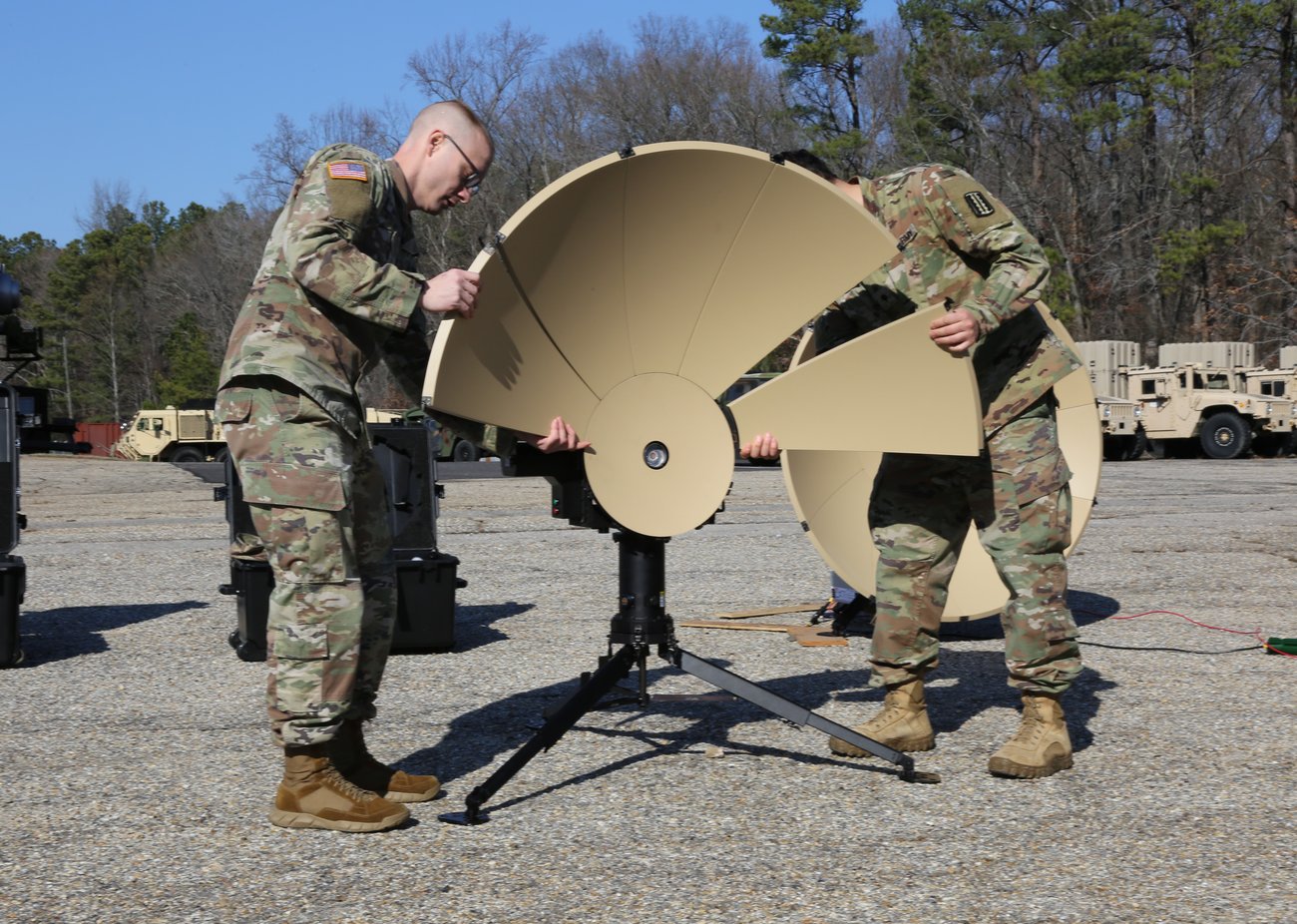National security insights for space professionals
National security insights for space professionals. Delivered Tuesdays. |
|
|
|
Welcome to this week's edition of SpaceNews Military, your concise source for the latest developments at the intersection of space and national security. In this issue, we cover:
- Space policy recommendations for next administration - Industry awaits U.S. Army's next moves in satcom - Ground forces' push into space warfare
If this newsletter was forwarded to you, sign up for free here |
|
|
|
New policy paper: Space resilience a national security priority
A new MITRE report puts focus on the critical intersection between the U.S. space sector, economic growth and national security.
With over $211 billion generated annually and 360,000 Americans employed, space is a cornerstone of national power. However, increasing competition, new actors and threats from adversaries like Russia and China highlight the urgent need for resilient space capabilities, says the paper, written by the nonprofit MITRE's Center for Data-Driven Policy.
Recommendations for the next administration: The report lays out a roadmap for the administration's first 100 days, urging enhanced public-private collaboration, focused investments in satellite and launch technologies, and expanded international cooperation through initiatives like the Artemis Accords. From securing supply chains to promoting responsible space operations, the administration is urged to integrate space strategies across defense, commerce and research sectors. The U.S. should "focus on promising technologies such as space launch, communication systems, debris mitigation, and imaging," the report says. "Special attention should be given to fostering novel space capabilities like In-Space Servicing, Assembly, and Manufacturing (ISAM) and developing space governance designs that promote international transparency."
|  |
Budget and procurement challenges ahead for commercial satcom
The U.S. Army has wrapped up a one-year pilot program testing the outsourcing of satellite communications services to private companies, leaving industry executives eager to see if the model will be adopted long-term.
Key players: Intelsat and SES were selected to provide "satcom as a managed service" for the trial run.
What it means: The managed service model offers a subscription-based approach where providers handle all aspects of satellite communications, from equipment setup to network management and tech support.
Industry perspective: David Broadbent, president of Intelsat's Government Solutions, argues that the pilot demonstrates the inefficiency of the military's current satcom procurement methods and positions the managed-services model as the future of military satcom.
|  |
Pilot program highlights: Covered 10 locations with varied conditions and terrain Integrated both geostationary (GEO) and low-earth orbit (LEO) satellite services Officially concluded on Sept. 30 Current challenges: Broadbent describes traditional Army satcom as "very disjointed," involving multiple vendors and inefficient management across departments.
Looking ahead: Broadbent anticipates next year's defense budget will include funding to scale managed satcom services into "an official program."
Acquisition hurdles: The existing Proliferated Low Earth Orbit (PLEO) Satellite-Based Services contract, run by the U.S. Space Force, may not offer enough flexibility for Army users. Industry merger watch: Intelsat and SES, the two vendors selected for the pilot, are currently in merger talks.
Budget battles: Jeremy Leader, deputy director of the Commercial Space Office at Space Systems Command, notes that budget approvers often view commercial services as redundant to existing government-owned satellites. |
|
|
|
| |  | | | Deep Dive: Army ups the ante in space
Space is now a must-win battlefield for the U.S. Army. In a push to expand its space warfare capabilities, the Army is eyeing initiatives to counter potential threats from adversaries like Russia and China.
Army leaders are looking for tighter integration of satellite-based systems into ground operations and even a proposed space career field. While some critics call it a turf war with the Space Force, the Army insists it's about synergy, not rivalry.
Full story from SpaceNews Magazine here:
| | |
|
|
|
The Space Development Agency is gearing up for the next major procurement of satellites for the military's low Earth orbit satellite constellation, known as the Proliferated Warfighter Space Architecture.
Satellite vendors were notified of an upcoming solicitation for an estimated 200 satellites and associated ground services under Tranche 3 of the PWSA. The procurement process is expected to begin in 2025, and SDA is calling for "improved and more focused proposals" that will enhance the capabilities of the constellation while preparing for its long-term sustainment.
|
|
|
|
|


No comments:
Post a Comment